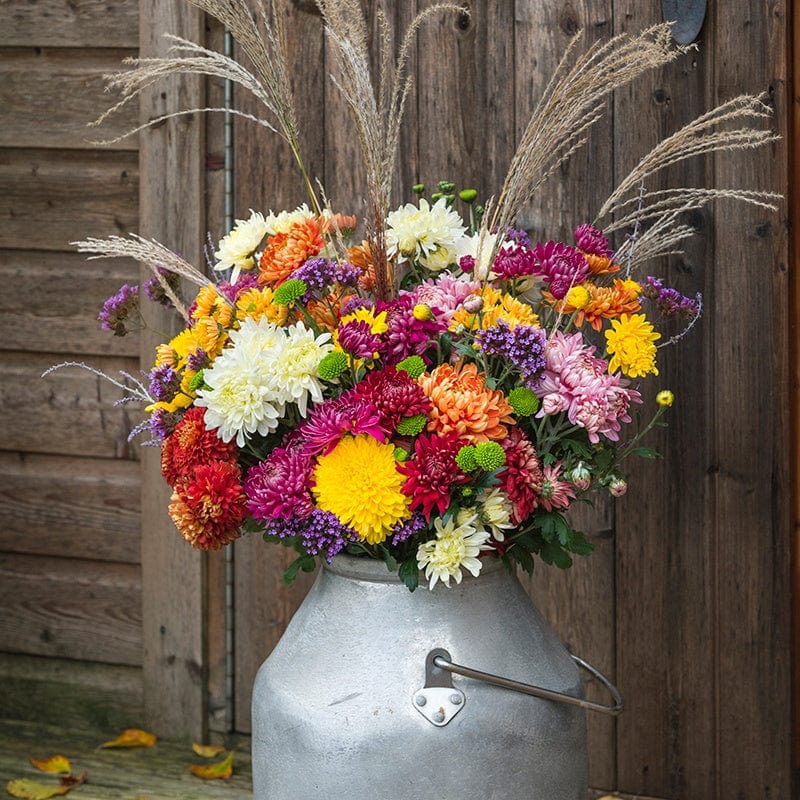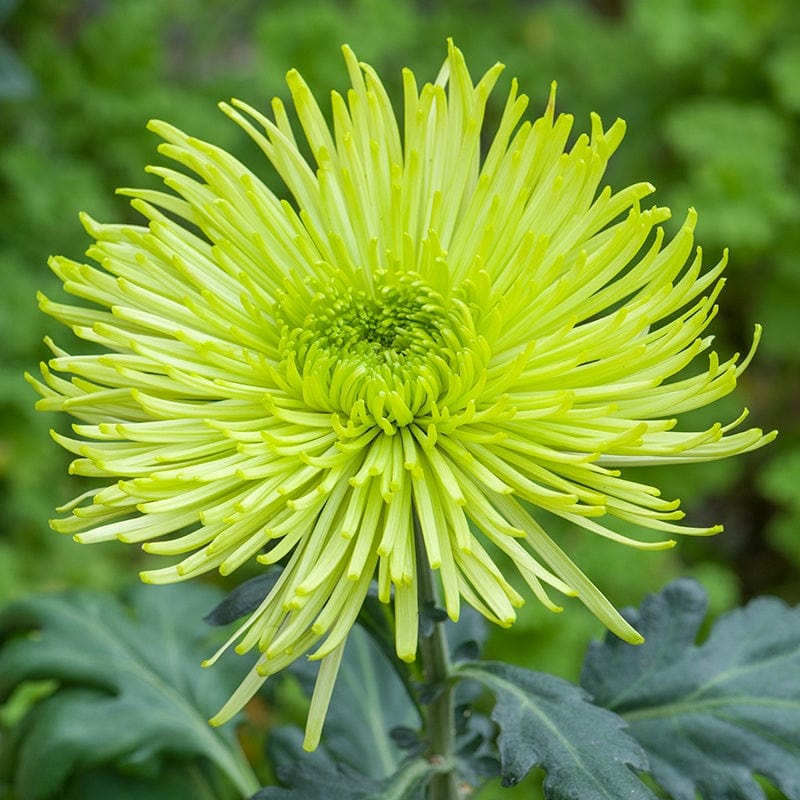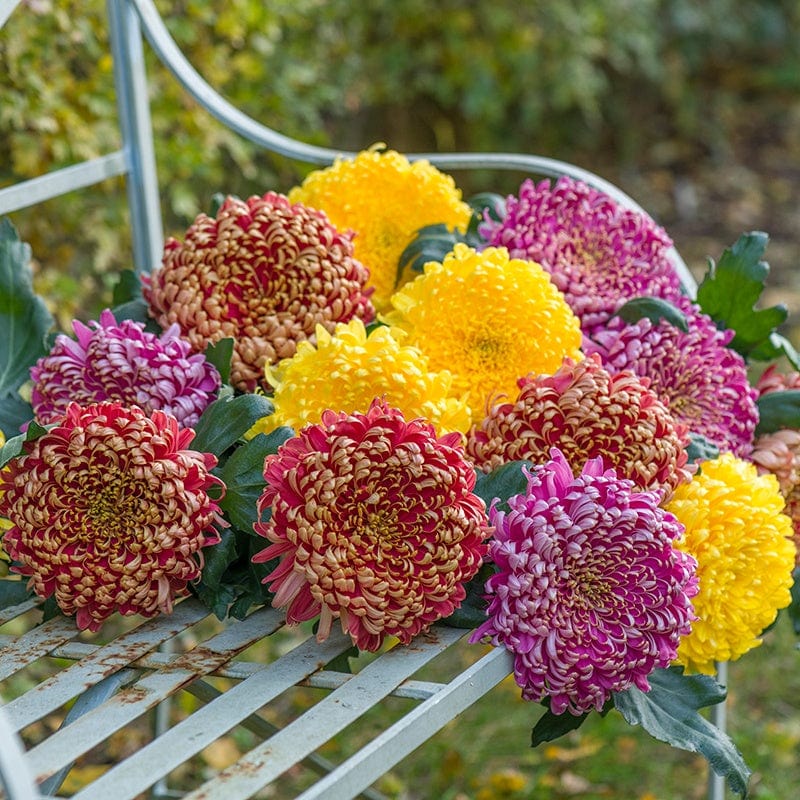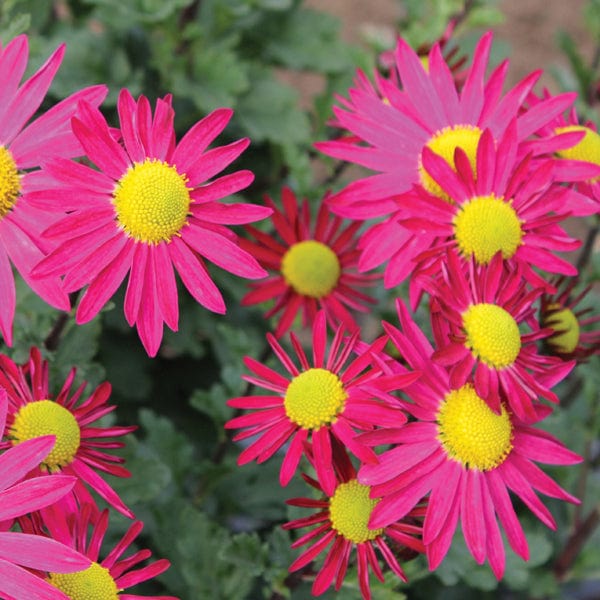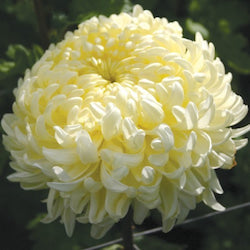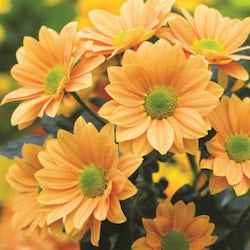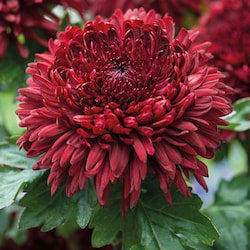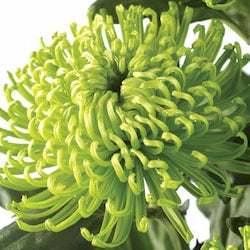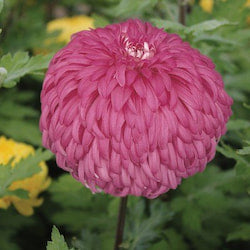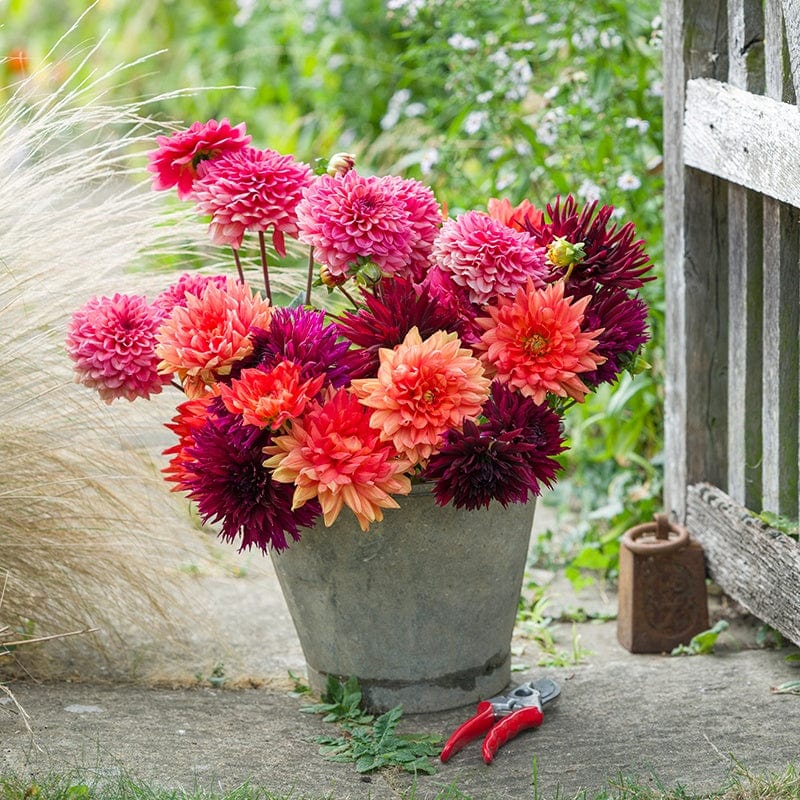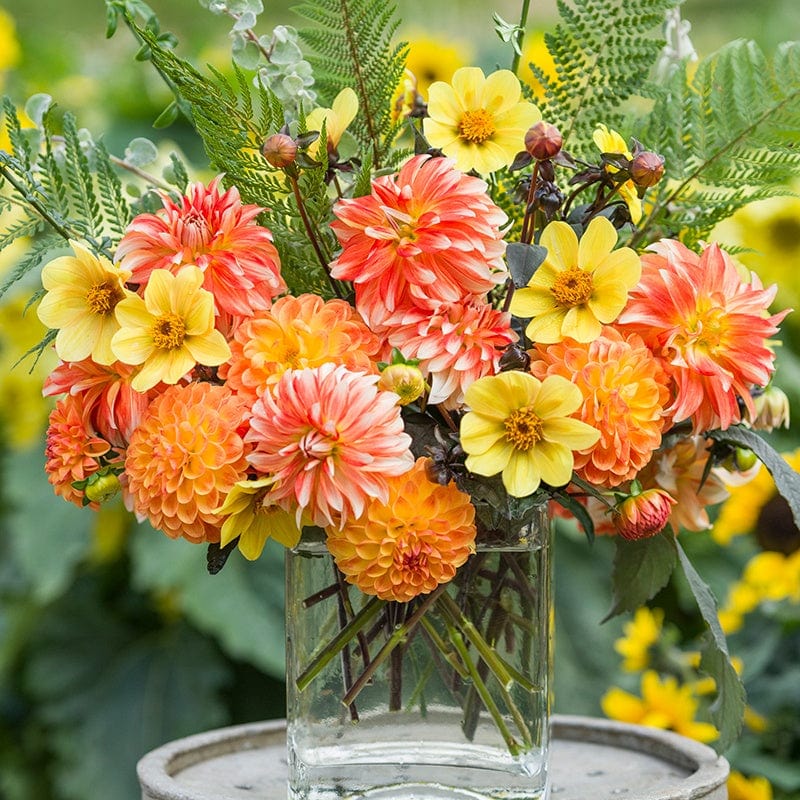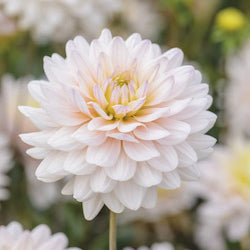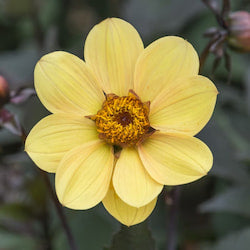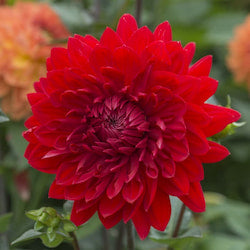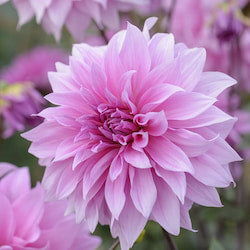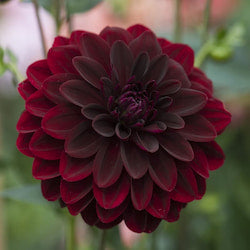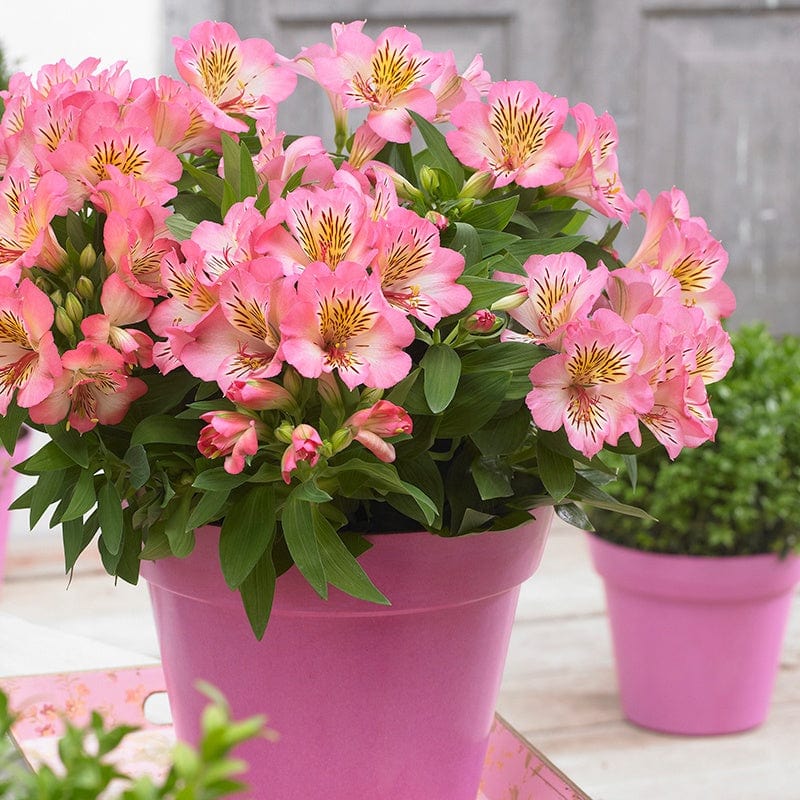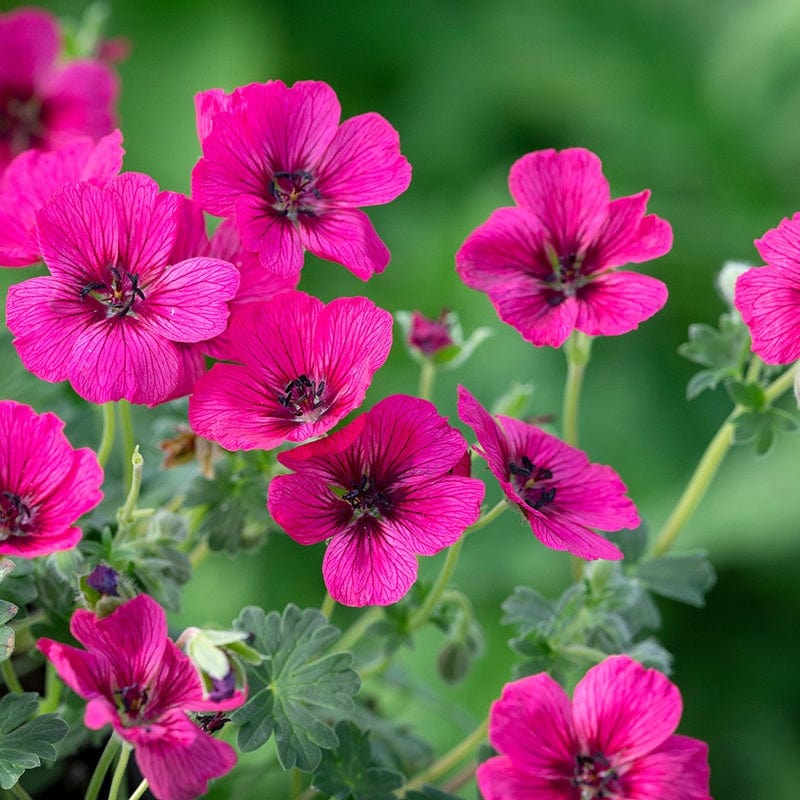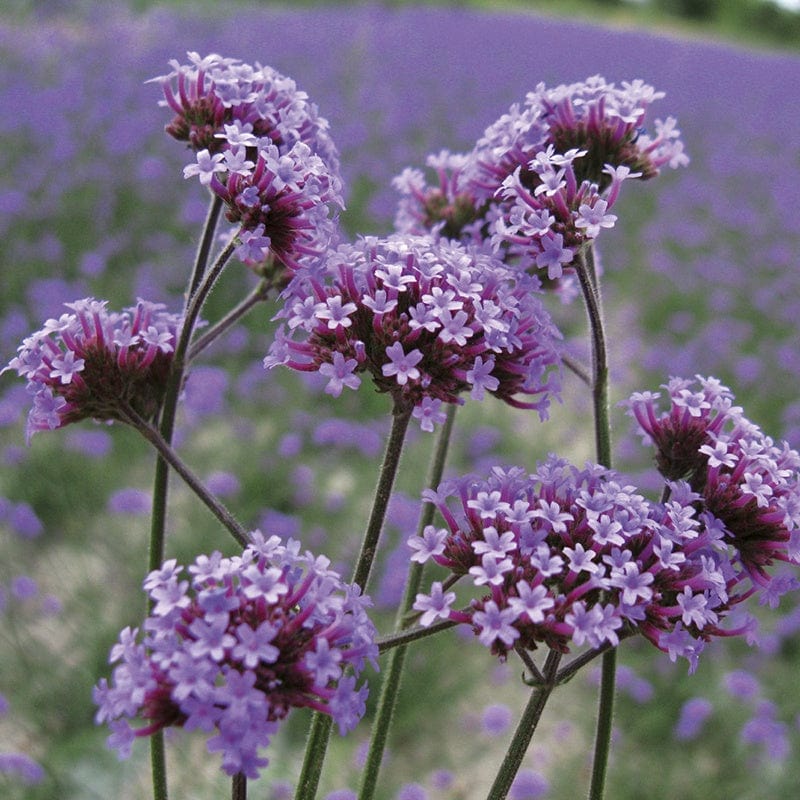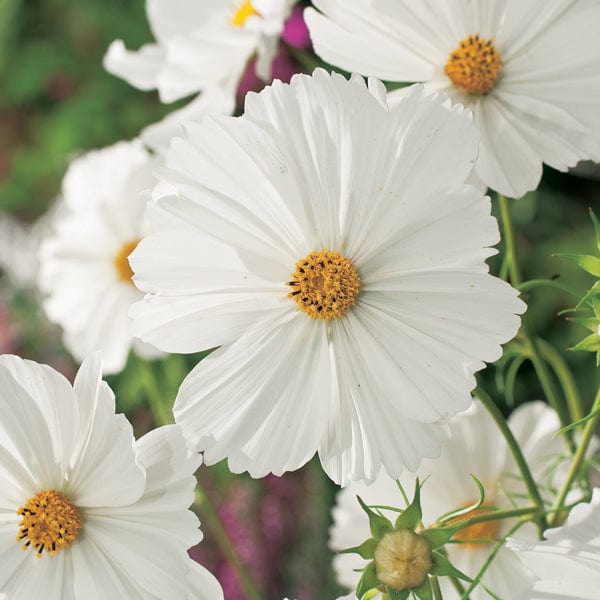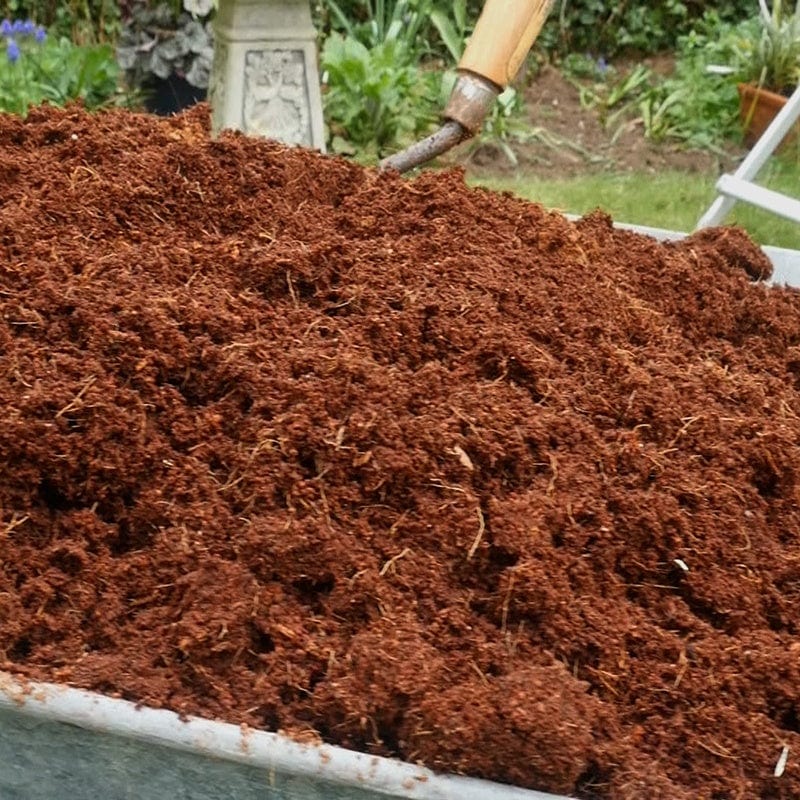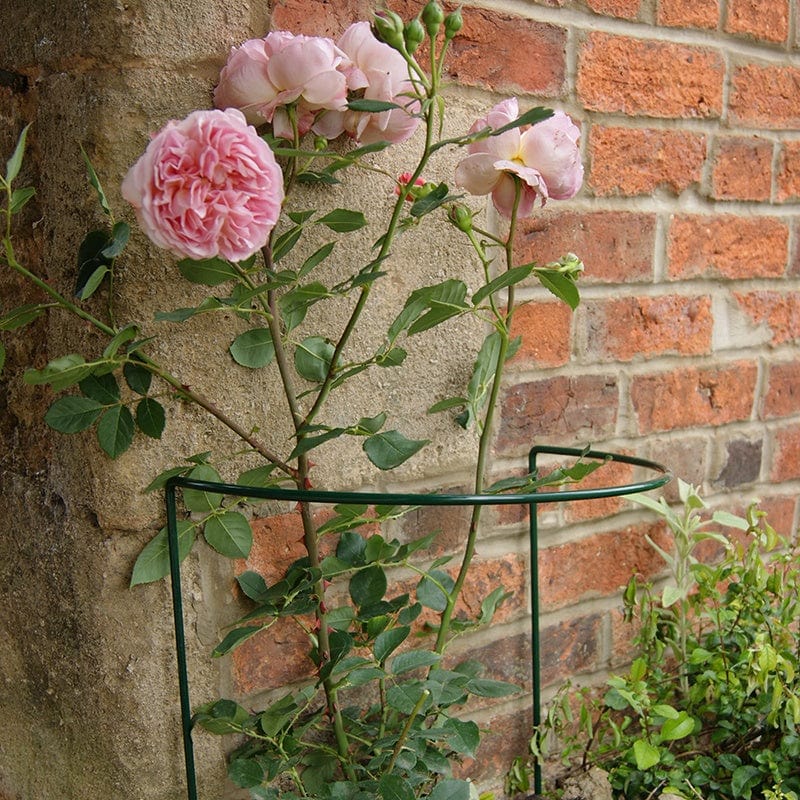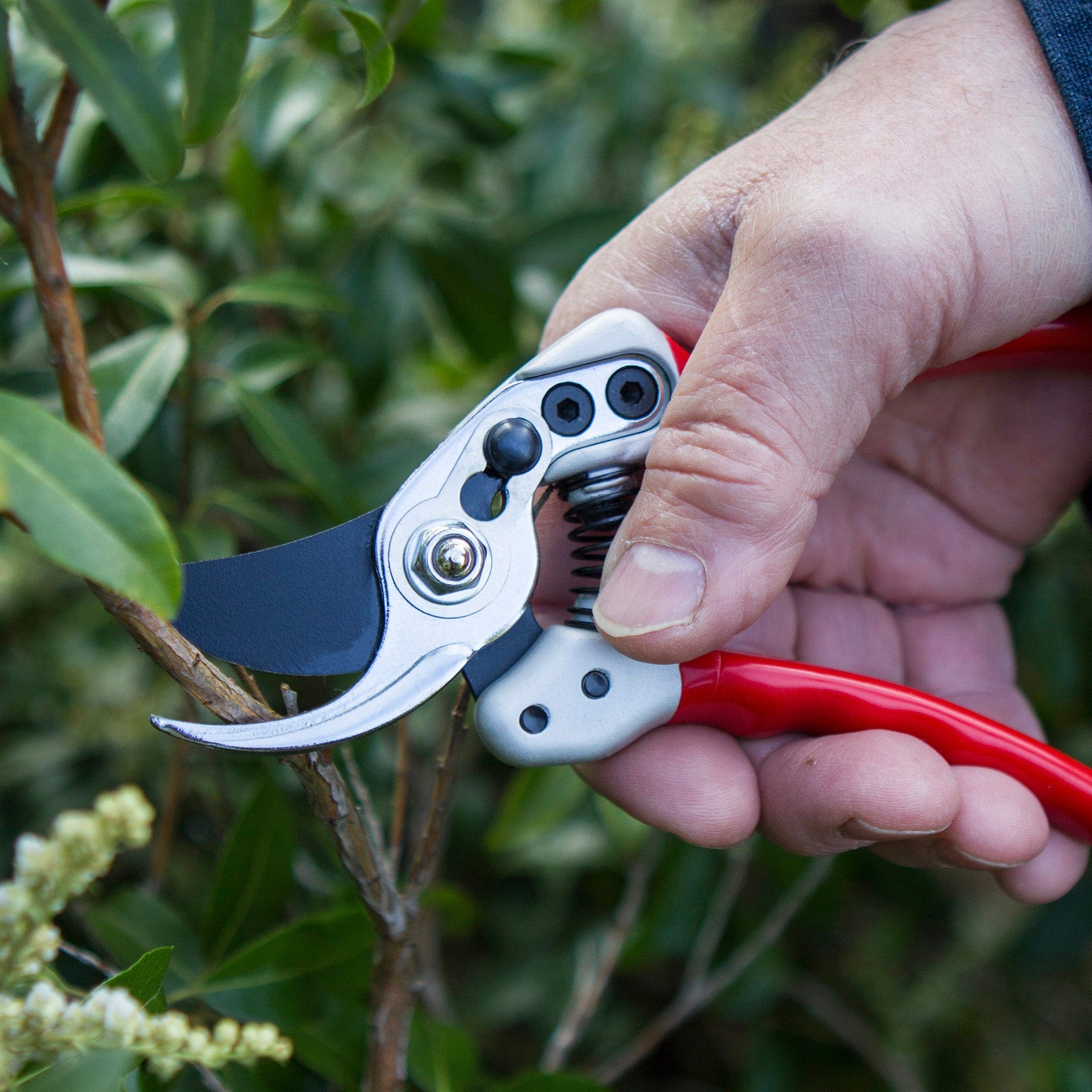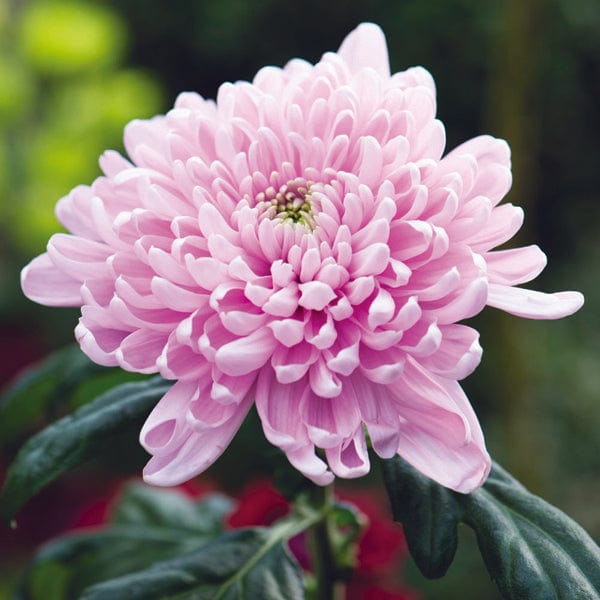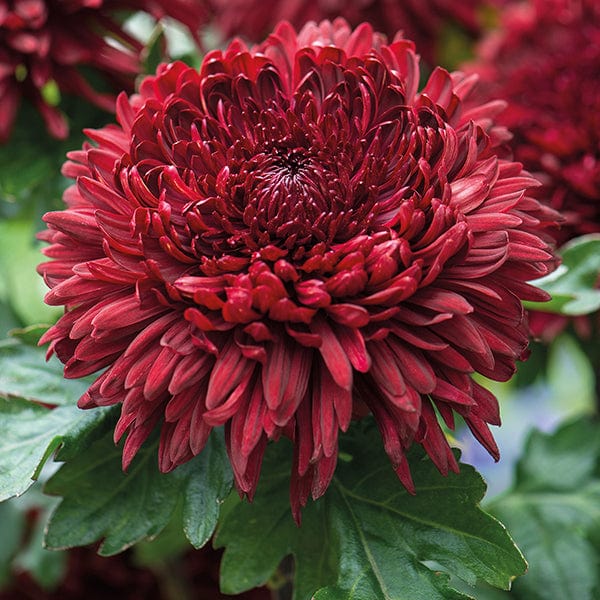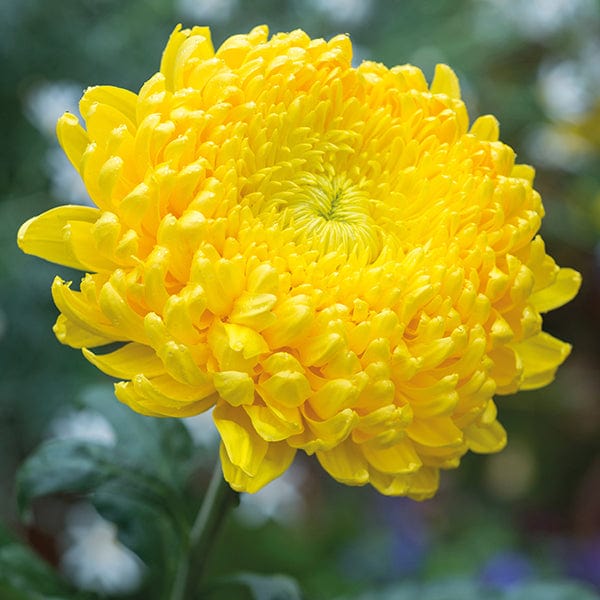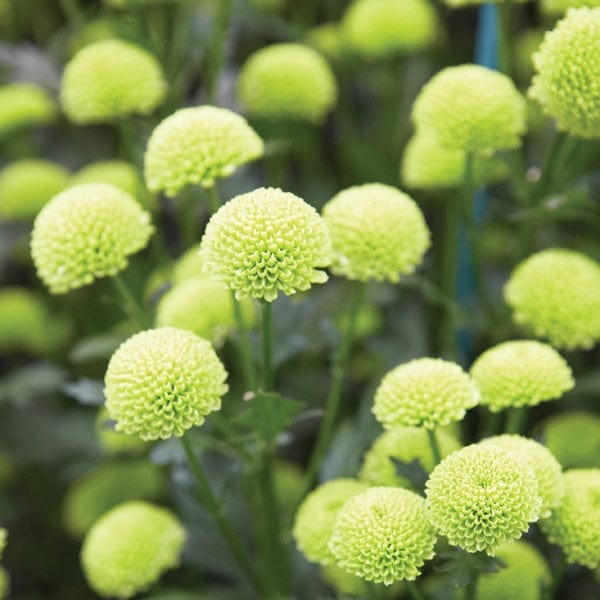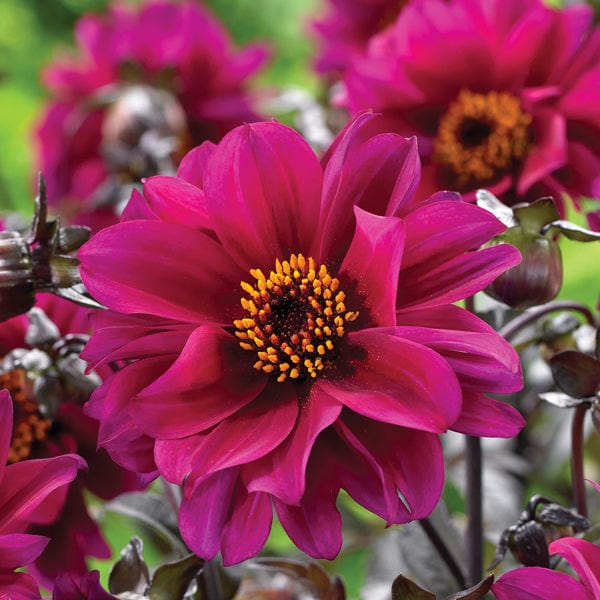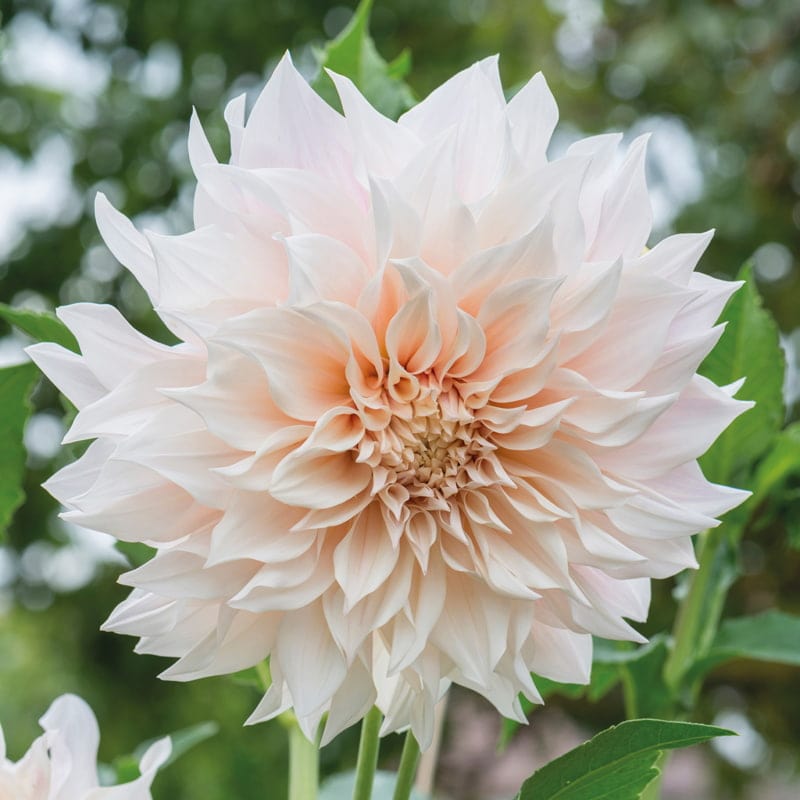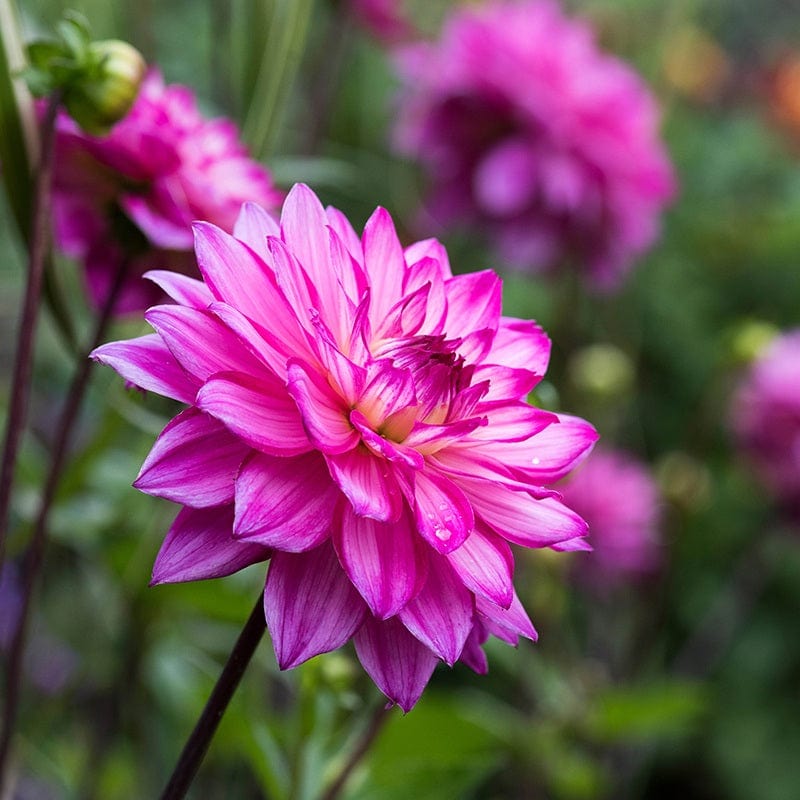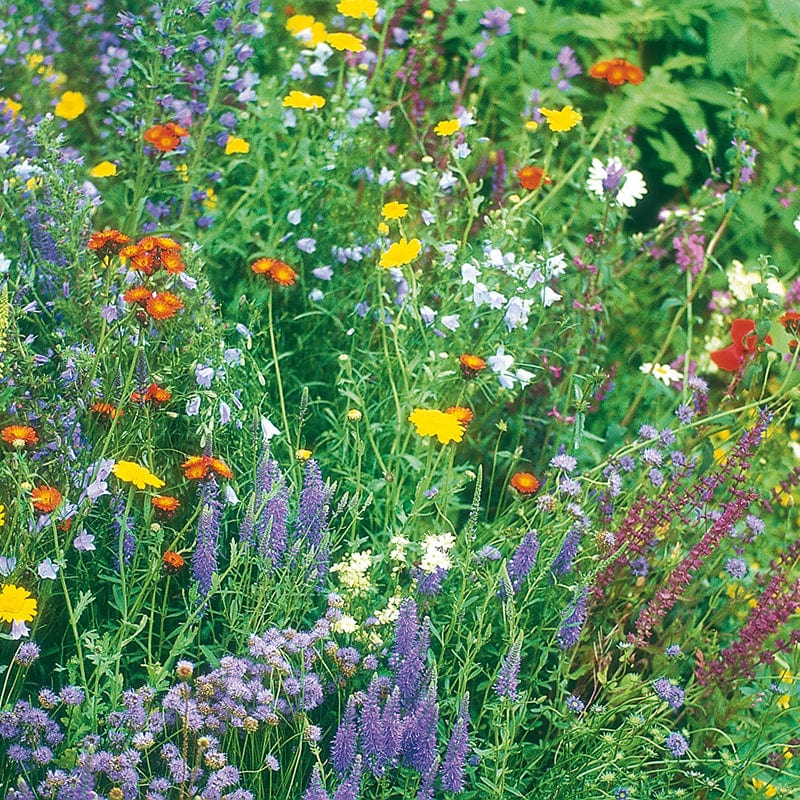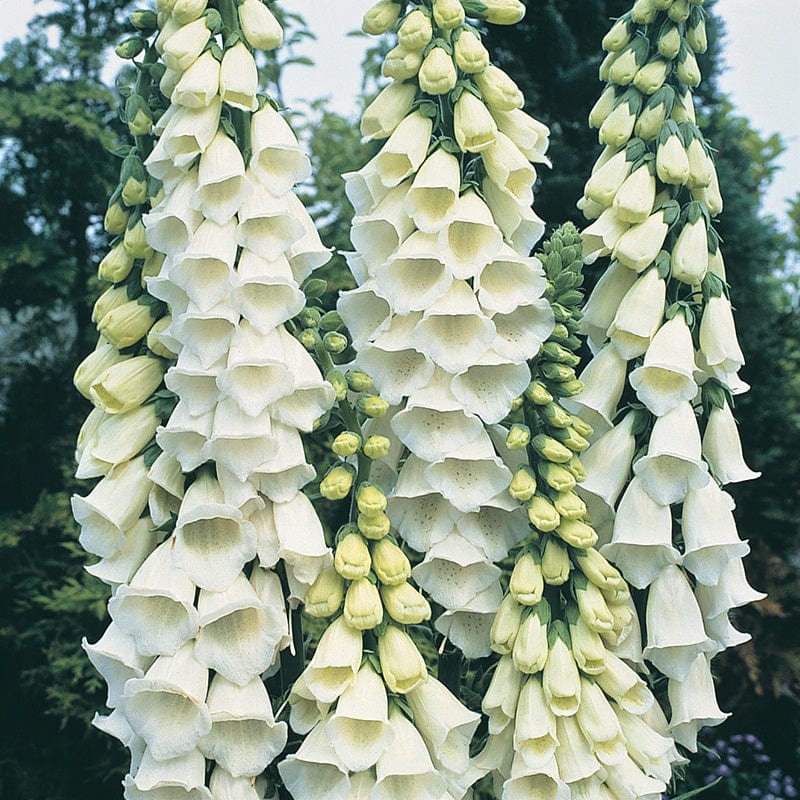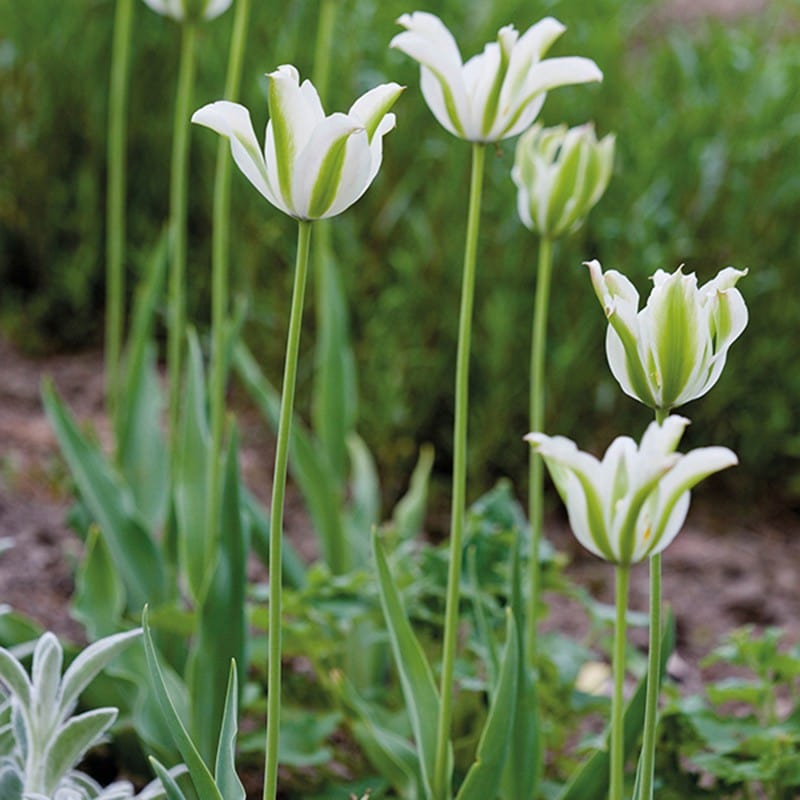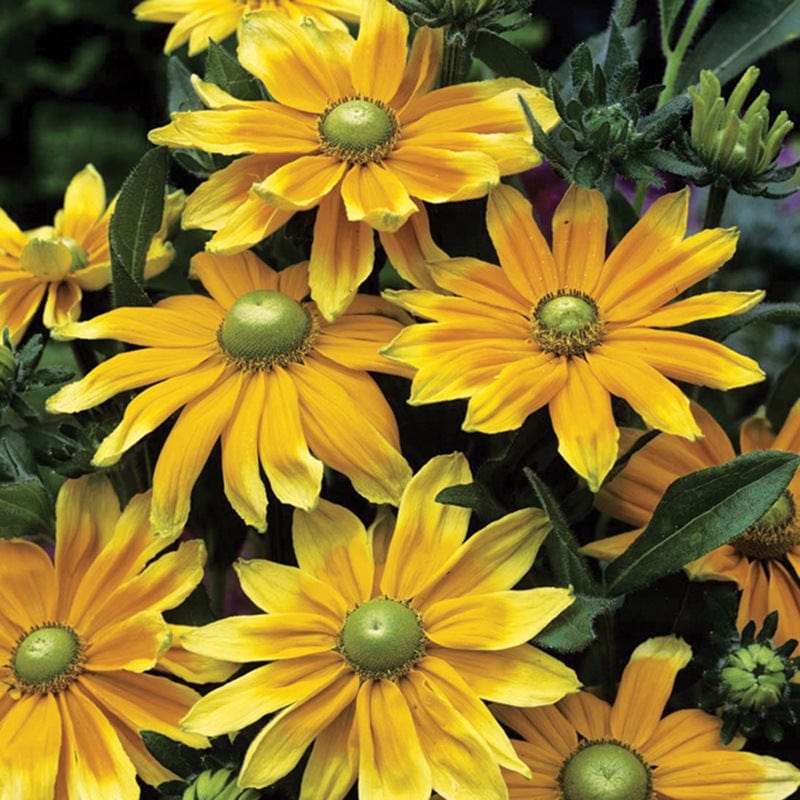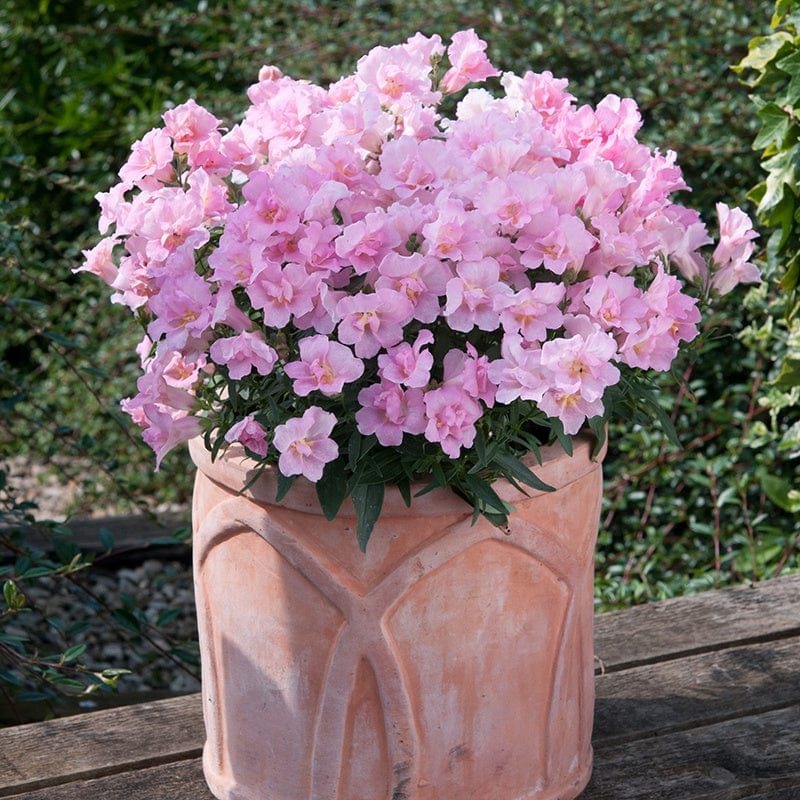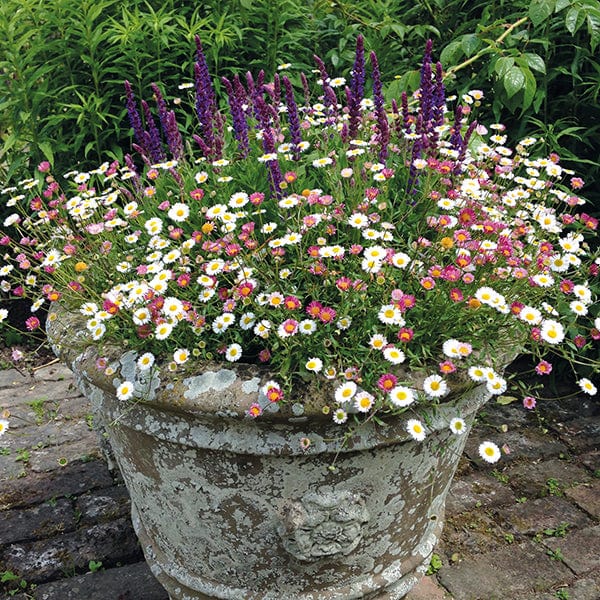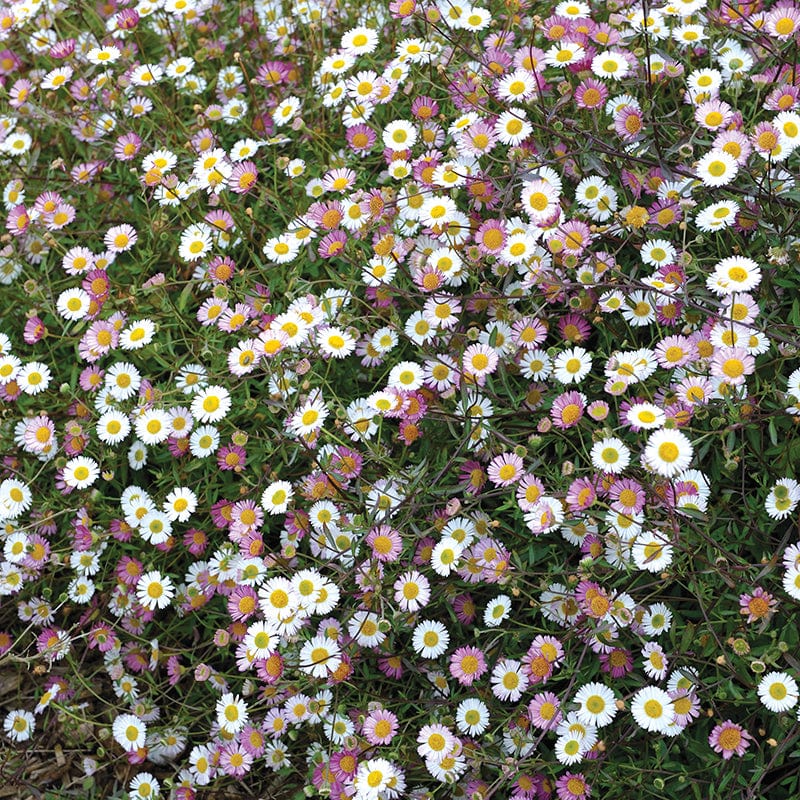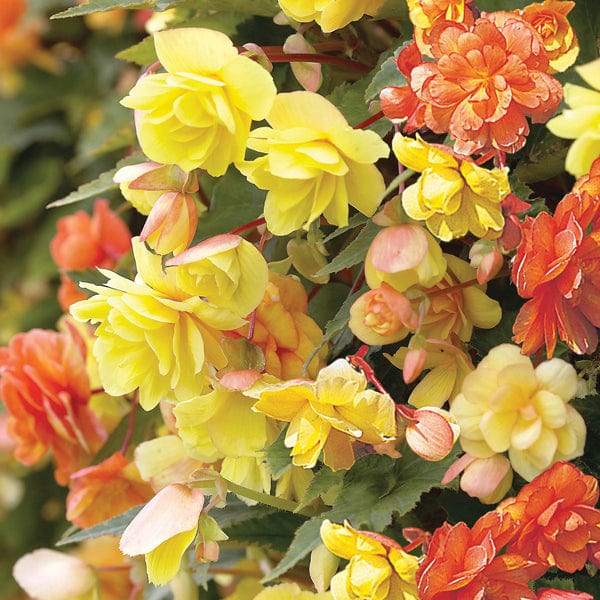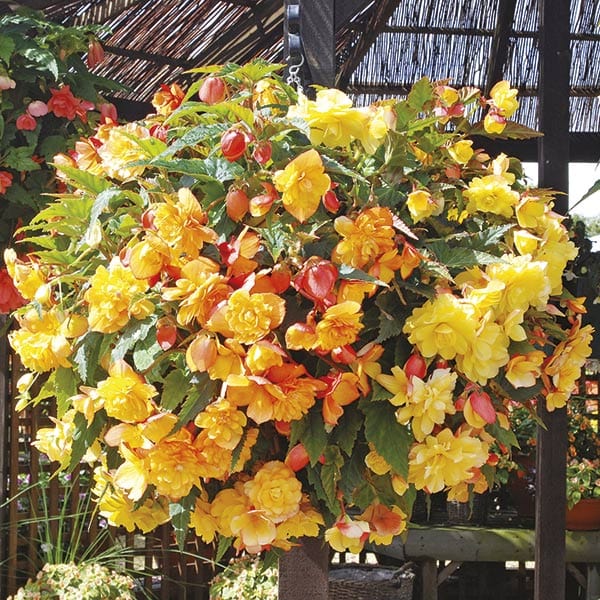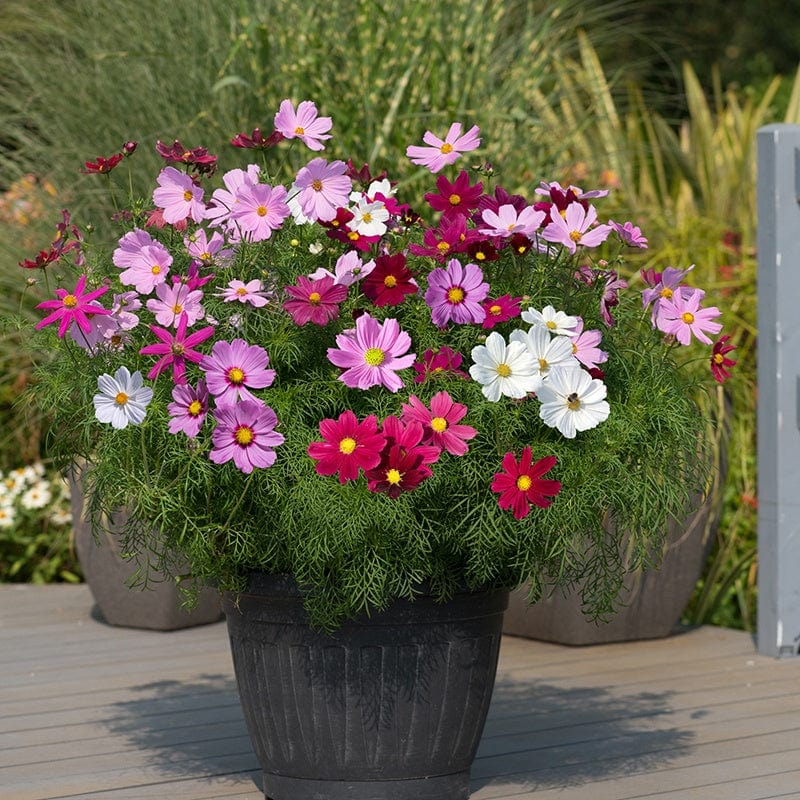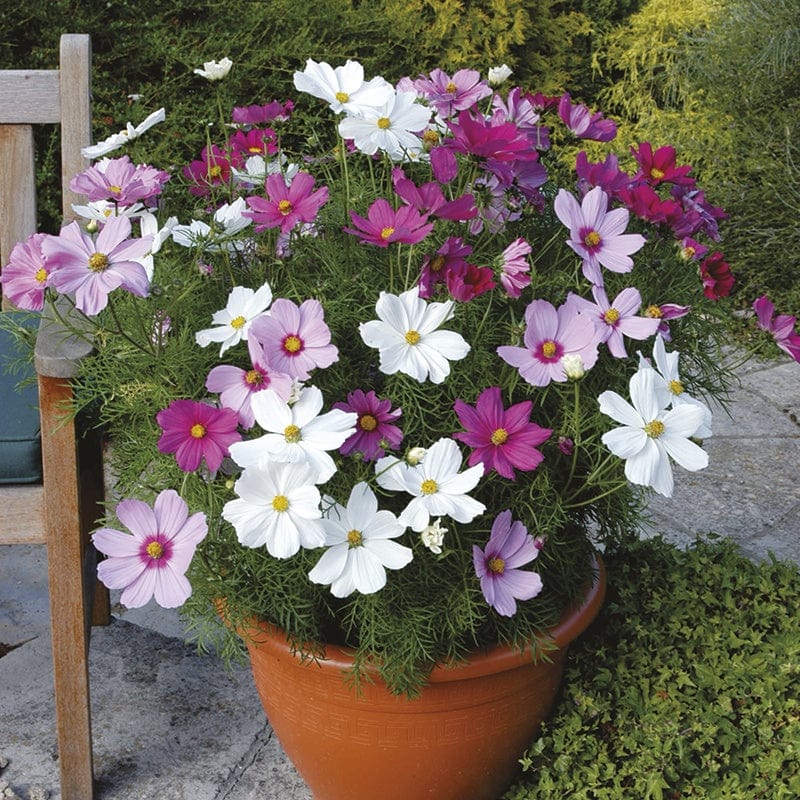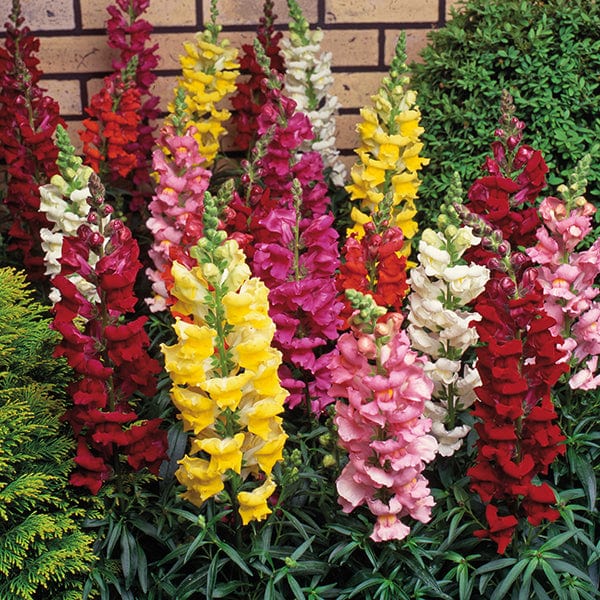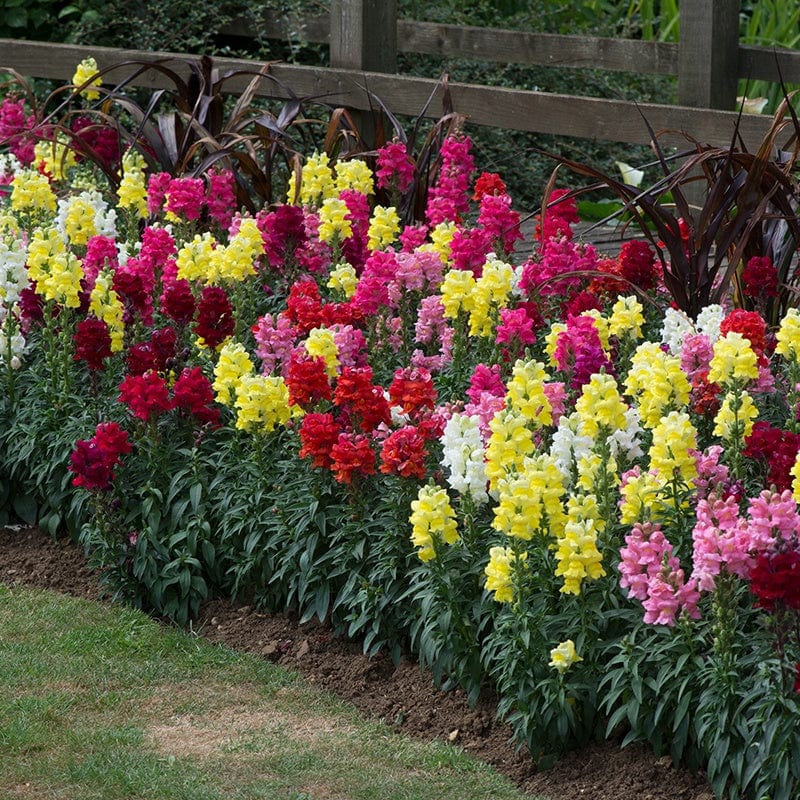WHAT TO DO FIRST
Unpack them immediately and, if dry, stand the trays for a few minutes in about 2cm/¾in of water, until the compost is fully moist again. You may notice a slight yellowing of the foliage but this is quite natural after they have been in a dark box and is nothing to be worried about.
Now stand them in a bright, airy position, out of direct sunlight and where there is some gentle warmth. Having been carefully nurtured under ideal glasshouse conditions, your plants will be sensitive to both cold and scorching sunshine. Suitable places would be a conservatory, greenhouse, windowsill of a cool room or well-lit porch. Aim to give them a minimum temperature of about 10C/50F, a little more for begonias and impatiens.
GROWING THEM ON
Your plants have arrived ready for transplanting and, although they may be left for a day or two to acclimatise to the new conditions, they should otherwise be potted on as soon as possible. When you do this, ease each one gently from its cell, if necessary pushing it out by inserting a suitable thin implement through the hole in the bottom. Please note: larger plugs do not need to be grown on but will still need protection from frost.
If you plan to set out your plants in beds or borders later in spring or to plant them in large, immovable tubs, pot them on into multicell trays with large cells or 7.5cm/3in pots. Use any good multi-purpose compost.
With the exception of mini plug plants, plants intended for use in hanging baskets, flower bags or pots can be planted directly into their final containers, if you so wish, but will then take up a lot more room and will still generally need protection until all danger of frost is past. If you transplant them first to multicell trays or small pots, leave them for about 3-4 weeks before moving them on.
As soon as you have transplanted your plug plants, water them in well. After that wait until the surface of the compost starts to dry before watering again. Your plants are unlikely to thrive if over watered. If you have to grow your plants in a place where they only receive light from one side, such as on a windowsill, turn them regularly so that they grow evenly.
PLANTING OUT
During May, harden the plants off by standing them outside in the day and bringing them in again on cold nights, before locating them in their final positions outside at the end of the month. Sunflowers, which develop rapidly and must not be allowed to become root-bound, are an exception and should beset out as soon as they are large enough. Other hardier types, like antirrhinums, delphiniums, pansies and stocks can also go out earlier if growth is sufficient.
When you plant up your containers and baskets, mix water-retaining gel granules and a slow-release fertiliser with the compost. Together they will save you time with both feeding and watering later in the season. As a general rule, allow one plant per 5cm/2in of container or basket diameter and double this number for baskets where the sides are planted. Needless to say, large-growing plants like Nicotiana sylvestris will need more space.
If you are planting in your borders, prepare the ground well, removing any perennial weeds. Where the soil is not already rich, dig in well-rotted manure or compost. For optimum flowering, either incorporate some slow release fertiliser at this time or feed regularly through the season. Keep plants well watered until they are established.

